Danish parallel in the Jelling stone
The runestone on Frösön overlooking Östersund is a unique documentation from the end of the Viking era. The closest parallel to the story of the Frösö runestone is Danish King Harald Blåtand’s runestone in Jelling in Jutland, Denmark from about 975. The Jelling Stone tells, among other things, that Harald had christened the danes.
Good deeds led to raising the runestone
Östman is not nearly as well known as Harald Blåtand and is not mentioned in any preserved documents from the era. He may have been a local lord with a reputation, perhaps one of the lawmakers of the thing in the region or someone distinguished around the church who came to the thing of Jämtland, “Jamtamot”, and proposed that it was time for Jämtland to be christened. Through other writings, we know that the construction of bridges was considered an good deed during the Middle Ages, and perhaps the bridge was part of Östman’s own transition to Christianity.
Ornamentation similarities
The ornaments on the stone, the animal and the cross, have similarities to the runestones in the south of Sweden. The Norwegian runestones, on the other hand, have a completely different appearance. With the help of the writing and the ornamentation, it has been possible to say that the Frösö runestone was created between 1050 and 1080. During the Middle Ages, Jämtland belonged politically to Norway, but to the church of Uppsala, which could explain why the style of the runestone resembles them in the region of Uppland. The people of Iceland had already decided at their thing in the year 1000 to christen Iceland.










